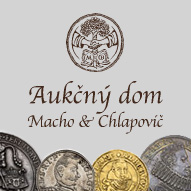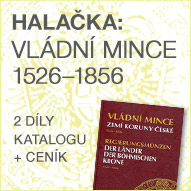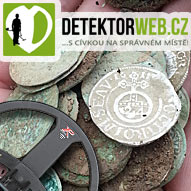Syria
Příjem limitů končí:
Neděle 14.9.2014, 12:00:00.
Zbývající čas: Příjem limitů byl ukončen
Syria, Uncertain Bronze 3rd century AD., Æ 13mm., 2.45g. Ram springing l., head reverted, dotted border. Rev. Scales, countermark with helmeted head r.(here facing downwards) between balances of scale, dotted border. Butcher, p. 405, 11; Weiser 1 (Nektanebo II of Egypt). Weiser's attribution of this type to the Egyptian Pharaoh Nektanebo (361-343 BC) is primarily based on a loose typological similarity to an issue of gold coins that are Egyptian. While this attribution is still followed by many, more recent evidence has almost certainly shown this to be incorrect. All of these bronze coins seem to originate from sources outside of Egypt, particularly the northern Levant, which would not likely be in the circulation pattern of a 4th century BC bronze issue of Egypt (an argument that these may have been struck while Nektanebo was active in Syria during the Satrapal Revolt is completely implausible). Also, with the exception of the Athenian tetradrachm imitations that were likely struck in Egypt for external trade, there was no internal monetized economy that would be necessary to support such a bronze issue. In his book on the coins of Roman Syria, Butcher notes that the style of the leaping ram is very similar to 3rd century AD issues of Antioch, but also notes that it is a common type at Damaskos. Furthermore, Butcher notes that Newell had attributed two of these in the ANS to an uncertain mint in Commagene, although his rationale is unknown. Thus, Butcher attributes these to an uncertain mint in northern Syria in the 3rd century AD.
Good Very Fine




